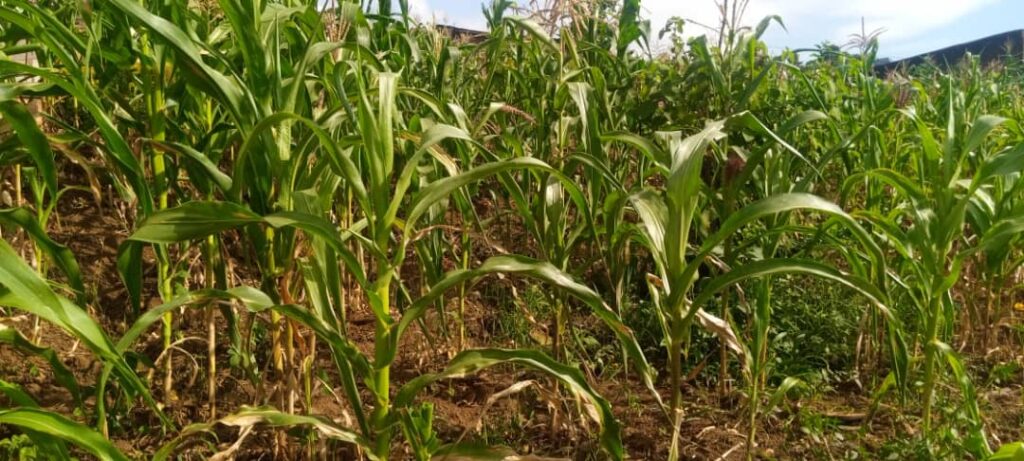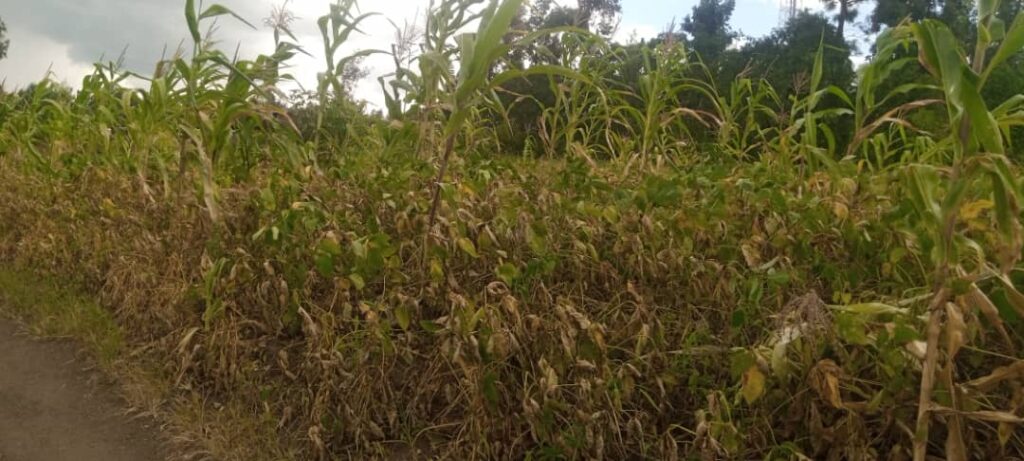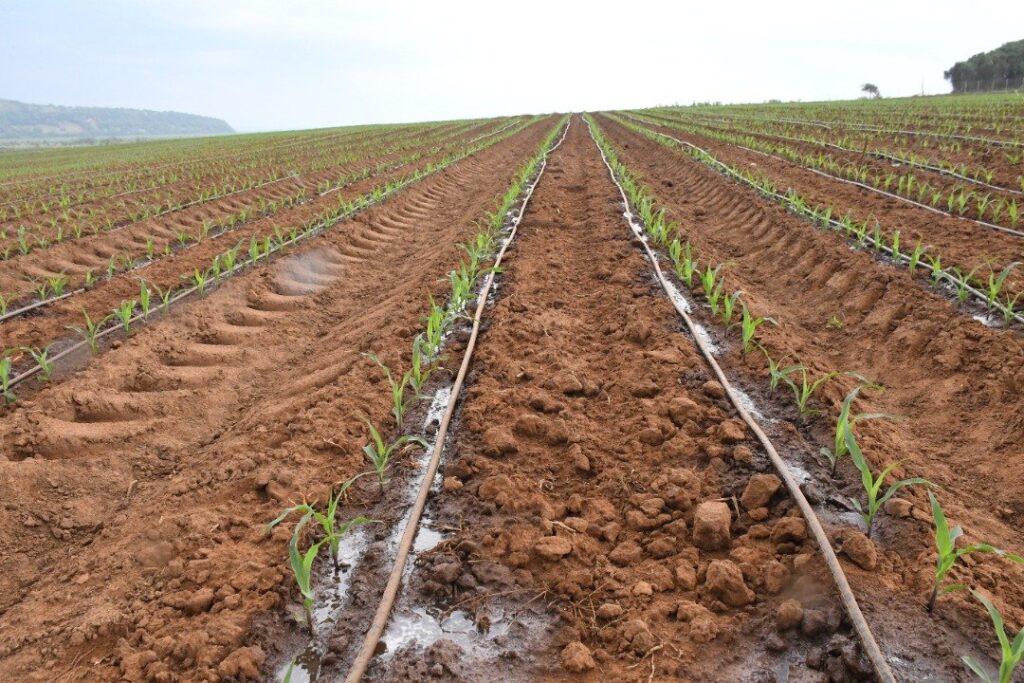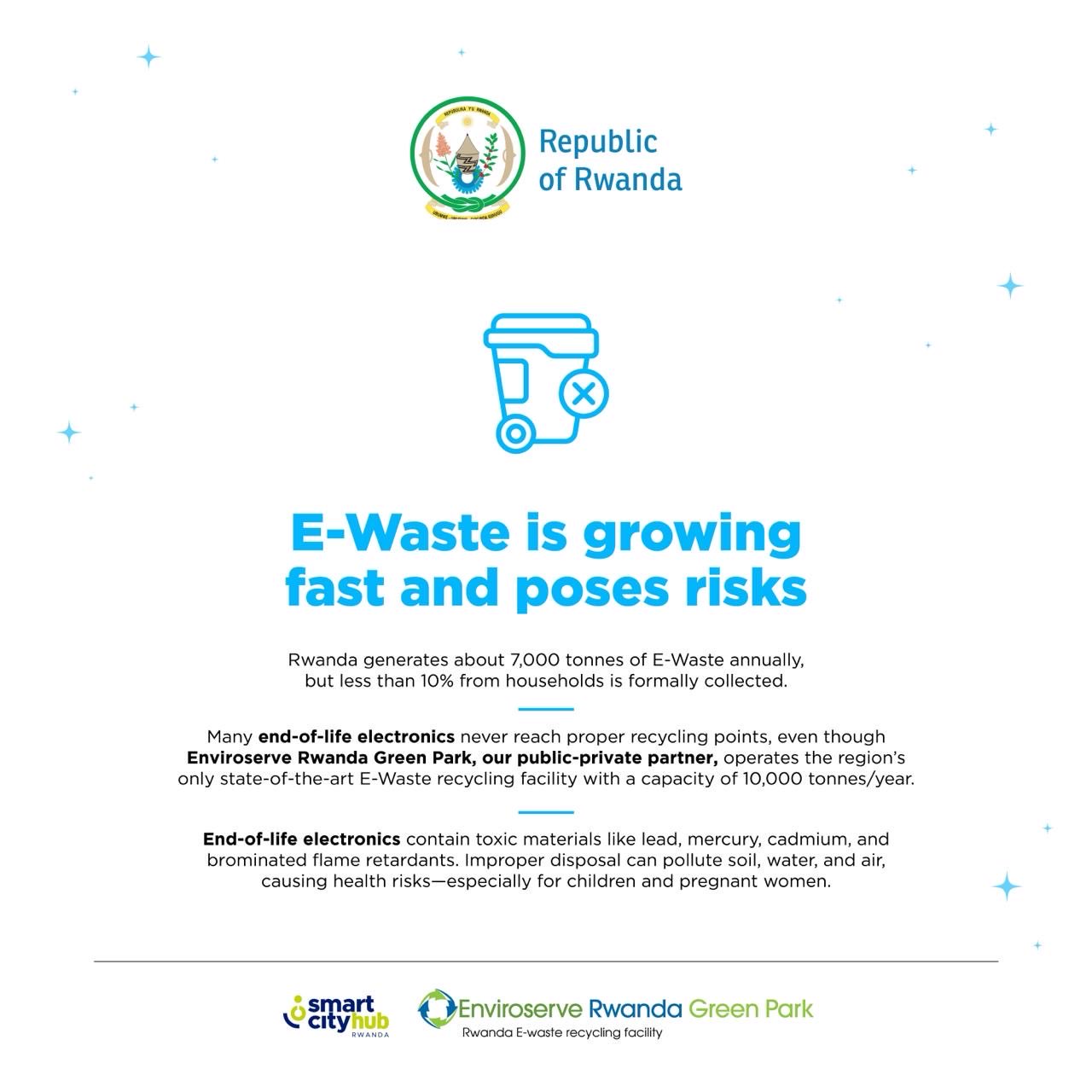
The community indicates that the Eastern Province of Rwanda have faced the problem of persistent drought since 1990, affecting agricultural and livestock production. Today, 30% of the land in this province is affected by drought. The Government of Rwanda and its partners are advising farmers to use irrigation as one of the measures to cushion them against the impacts of the drought.
Eastern province has been known as A Province of Farming. But for years now, this region has suffered recurrent drought, thus affecting agricultural productivity. At least 70% of the population in this region depends on agriculture for survival. After monitoring the situation of climate change in the Eastern Province in some parts of Bugesera, Rwamagana, Kirehe, Kayonza, Gatsibo, Ngoma and Nyagatare Districts, we realized that they are areas that are not cultivated because of not having enough rain.
“Our agriculture has been affected by a lot of drought which started before independence war (1989-1990), it threatened our lives and those of our families, now the production has been low, the hope of agriculture to go to the market is nothing, we pray to God that we will have food, but we don’t have any other way to help us than to wait for the rains” Ndutiye Gaspard, a 56 years old farmer from the Gatsibo District, said.

Drought have affected The vegetation and the crops
The effects of the drought are visible on the vegetation and the crops. Many are withered. Farmers continue to cultivate even though they know that it is difficult to get production. when the rains fell in many parts of the country in March 2023, people in the Eastern Province began to cultivate, full of hope that it would rain in their region too. But the rains did not come. It will be another year of losses for the farmers. NYIRABAGENZI LIBERATA cultivated 2 hectares of maize and has given up hope of any harvest. “It rained once in March. We thought it would continue to rain, a lot of people started to plant. But we are now counting losses. climate change has become a challenge for us in agriculture and livestock,” she said
There are Rwandans who say that climate change in Rwanda has made some parts of the country uncultivatable and has affected the internal and external markets. SAKINA USENGIMANA is a farmer who exports her products outside the country. she says that due to the low rainfall, he harvests have shrunk significantly and is now unable to satisfy the export market. “it is clear that climate change has affected what we export outside the country, now the markets that we had, are not able to be satisfied, which is an obstacle to the economy of the country and the people in general.”
According to the central bank, food prices in the markets had increased by 8% in 2022. The government now says that in order to tame this food inflation, they are working hand to hand with the ministry of environment to address the issues of climate change, as one of major challenges to agricultural production. Mukeshimana Ellen is a small trader in the market of Kayonza District. She says high food prices have affected her trade as customers stay away. “some agricultural products have decreased in this market, when available, they are expensive a lot , now we are waiting for how the agricultural sector will be saved and the agricultural products will increase, but now they are few in the country” she said
How will this problem be solved?
The ability to cope with the effects of drought in Eastern Province on the farmer is so weak but the government has launched a campaign among the people of encouraging them to plant drought-resistant trees and grasses even if it is difficult to find them. “we are asked to face the drought by planting trees and grasses that resist the sun, we don’t know if to plant those trees doesn’t require healthy soil to grow, we are not sure that it is not too late, we want them to invest in growing maize and beans rather than planting trees “
Even though the drought afflicted areas have insufficient water, the provincial administration has started a program of irrigating the lands which are the most affected. The water is channeled to the fields to be used in irrigation. It is lifted by machine, but not every citizen has the capacity of investing in a such expensive activity. Eastern Province Governor assures the public that irrigation operations will be carried out in all affected areas. This aims to reach 30% of area of the province as it is affected by drought. ‘Irrigation will reach to 30% of our land, but we have started with the most affected area but we hope to reach every affected area, but those who are near the lakes and rivers they may use their own efforts”

Irrigation has became the solution to the Drought
Rwanda agriculture Board (RAB) is well aware of the problem of climate change in the country of Rwanda it is cooperating with the government and the private sector to address it. Dr. Telesphore Ndabamenye says “Everyone’s cooperation is needed to tackle the problem of climate change. use the water that is close to them, apparently the rain is not about to fall, and we know that climate change will come when it wants in an unforeseen way” the Director of Rwanda Agriculture Board said
According to the Ministry of Agriculture, they are planning to help farmers to harvest water when it rains. It will participate in the water storage program so that they rescue farming through irrigating and plant drought-resistant seeds, including potatoes, mangoes and others. “saving the water when it rains, it is one of the measures taken, but we also to remind them that not all crops are resistant. Not only to climate change but also to other threats. we want to focus on the seeds that are not affected by the sun. but everything will be supported by the irrigation program that we have started” Dr Gerardine Mukeshimana Minister of Agriculture said
Climate change has reduced the production of Agriculture and the lack of some foods in the market increased prices in markets of Rwanda. figures from the National Institute of Statistics (INSR) showed that food costs rose by 13.9% October 2022. November 2022 came out on top in terms of prices for Rwandan households with prices increasing by 21.7%. The first month of 2023 ended with prices at a rate of 20.7% compared to the same month in 2022, if some of the measures to deal with climate change are implemented, it would increase the production of agricultural products and reduce their prices in Rwandan markets is higher.
Eric TWAHIRWA








